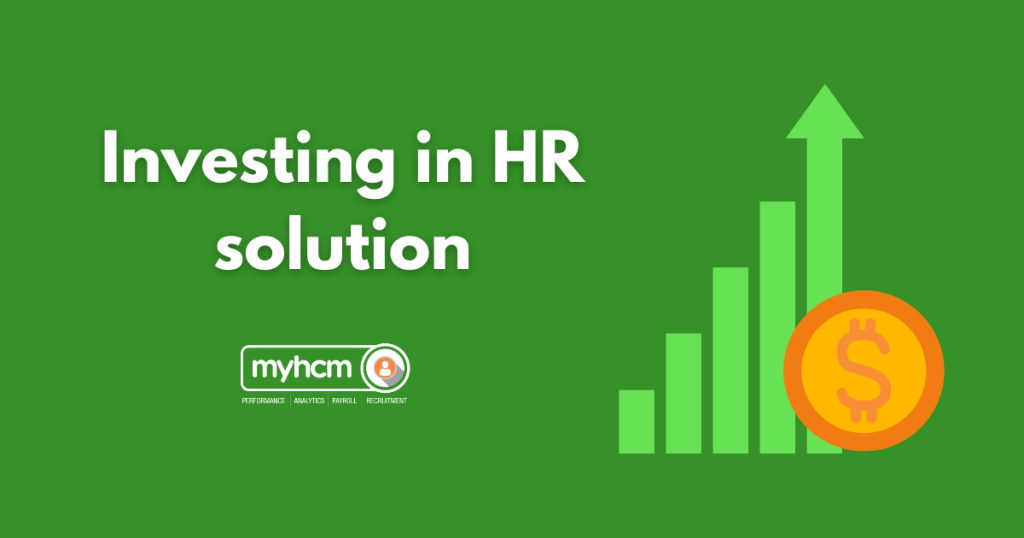Introduction
Investing in a new HR solution is a significant decision for any organization. It requires careful consideration of various factors to ensure the chosen system aligns with business needs and delivers the desired outcomes. This guide provides a comprehensive framework for making informed decisions throughout the investment process.
Business Case
Before investing in HR solution, it’s crucial to establish a clear business case. This involves identifying the specific problems your current system is not addressing and defining the desired outcomes of the new solution.
Conduct a SWOT analysis: Analyze the strengths and weaknesses of your current system and identify potential opportunities and threats.
Determine ROI: Quantify the expected return on investment, such as improved productivity, reduced HR costs, and increased employee satisfaction.
Assess current inefficiencies: Identify areas where your current system is lacking, such as slow processing times, limited data insights, or poor employee experience.
Calculate the cost of inaction: Determine the potential costs associated with maintaining your current system, such as decreased employee morale, increased turnover, and missed opportunities.
Functionality and Objectives
Every organization has unique HR needs. Therefore, it’s essential to define specific functionalities and objectives for the new HR solution.
Identify unique challenges: Determine the most pressing HR challenges facing your organization.
Define data collection needs: Determine the specific data points you need to collect, such as diversity data or long-term leave obligations.
Assess customization requirements: Determine if any custom configurations are necessary to meet specific business needs.
Evaluate system integration: Determine how the new HR solution will integrate with other business systems, such as payroll, CRM, and learning management systems.
Prioritize objectives: Establish clear objectives for the new system, such as cost savings, improved efficiency, enhanced employee experience, and increased compliance.
Success Criteria
Defining clear success criteria is crucial for measuring the effectiveness of your new HR solution.
Reporting and Analytics: Determine the key reports you need the system to generate automatically and the level of detail required for data analysis.
Data Security: Establish appropriate security measures to protect sensitive employee data.
Employee Experience: Consider the employee experience when evaluating the system’s interface and usability. Ensure the system is easy to navigate and provides a positive user experience.
Technology: Evaluate the underlying technology platform and ensure it meets your organization’s current and future needs, including scalability and integration capabilities.
Implementation and Upgrades
A successful implementation requires careful planning and execution.
Develop a comprehensive implementation plan: Include timelines, milestones, and resource allocation.
Communicate effectively: Develop a communication plan to keep all stakeholders informed throughout the implementation process.
Manage change effectively: Address potential resistance to change and provide adequate training and support to employees.
Plan for upgrades: Consider how future upgrades will be handled and ensure a smooth transition process.
Vendor Assessment
When selecting an HR software vendor, consider the following:
Reputation and Experience: Choose a reputable vendor with a proven track record of success.
Support and Services: Evaluate the level of support offered, including dedicated account managers, training, and consulting services.
Data Security: Ensure the vendor has robust data security measures in place to protect sensitive employee information.
Accreditations: Look for relevant industry accreditations and certifications.
Vendor Openness: Choose a vendor that values customer feedback and is committed to continuous improvement.
Measuring Success
Continuously monitor and evaluate the performance of your new HR solution to ensure it is meeting your defined objectives.
Track key performance indicators (KPIs): Monitor KPIs such as employee satisfaction, productivity, and turnover rates.
Gather employee feedback: Regularly solicit feedback from employees to identify areas for improvement.
Conduct regular reviews: Conduct periodic reviews to assess the effectiveness of the system and identify areas for optimization.
Conclusion
Investing in the right HR solution can significantly improve efficiency, enhance employee engagement, and drive business growth. By carefully considering the factors outlined in this guide, organizations can make informed decisions, choose the best solution for their needs, and maximize their return on investment.
